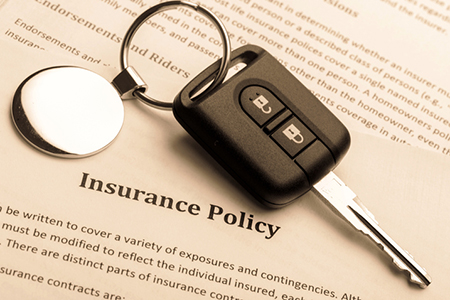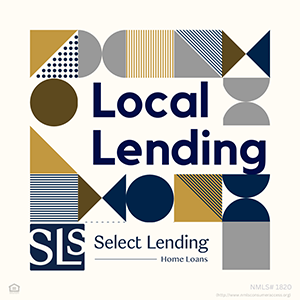
Deciphering Auto Insurance Jargon
From buying auto insurance to filing a claim, figuring out the language of auto insurance can be difficult. Why is your insurance agent recommending “gap insurance” and are “OEM” parts worthwhile?
Here are definitions of some of the more complex insurance jargon terms. If you come across something in your policy or your agent says something you don’t understand, ask them to explain the terms.
Bodily injury liability: This insurance provision covers costs associated with injuries and death that you or another driver causes while driving your car. Such coverage is usually mandated by state law.
Collision coverage: Optional coverage in case your vehicle is damaged in a collision with a vehicle or other object, such as a tree, when you’re at fault. Collision coverage won’t reimburse you for mechanical failure or normal wear and tear of your car, but it covers damage from potholes.
Comprehensive coverage: Protects against theft and damage caused by something other than a collision. Damage from fire, vandalism, hail, flood, falling rocks and other events are covered.
Deductible: Amount subtracted from your insurance payout that you must pay first. For example, if you have a $500 deductible and $2,000 in damage is caused to your car, your insurance covers the remaining $1,500. There is no deductible for liability coverage.
Gap insurance: A new car’s value starts depreciating immediately after you start driving it. If you lease or finance it, you’re responsible for paying the full amount owed if something happens to the car. Collision and comprehensive insurance only covers the actual market value of the car.
Gap insurance covers the difference between the current market value and what you paid for the car. If you paid $25,000 for the car and a year later you owe $20,000 on the loan and the car is worth $15,000 and you get in an accident and total the car, your insurer will pay the market value — $15,000. That leaves you with a $5,000 gap on the loan that you’ll have to pay, unless you have gap insurance.
OEM: Original equipment manufacturer, or OEM, auto parts are made by the manufacturer of your car to replace parts that are often damaged in auto accidents. These include fenders, hoods and door panels. Parts that are made by other manufacturers are called generic or aftermarket crash parts, and are usually cheaper though equally as safe as OEM parts.
Totaled: If the cost of repairs exceeds the car’s value, the car is deemed totaled. With comprehensive and/or collision coverage, an insurer will pay the full market value of the car up to the policy limit, minus your deductible if you’re at fault.
I hope you enjoyed this article. Contact me today with your real estate questions!



